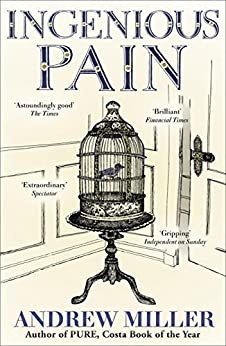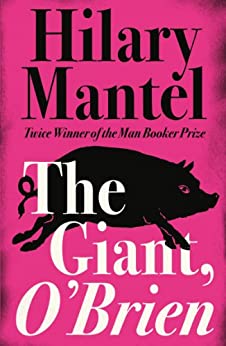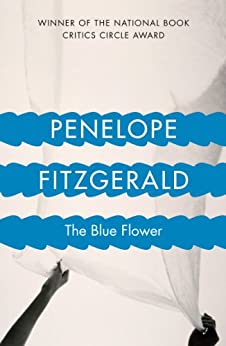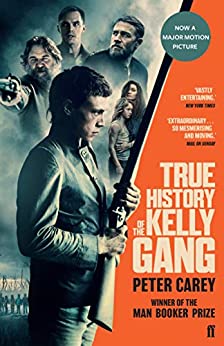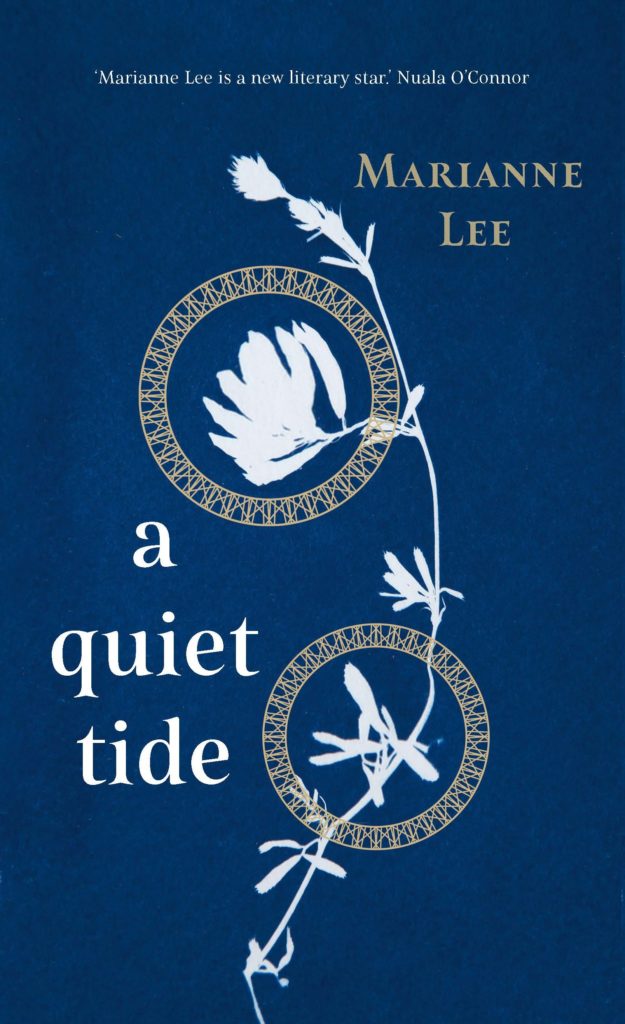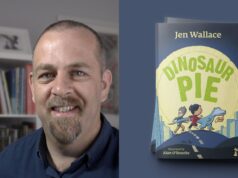Debut author Marianne Lee shares her top tips on writing historical fiction
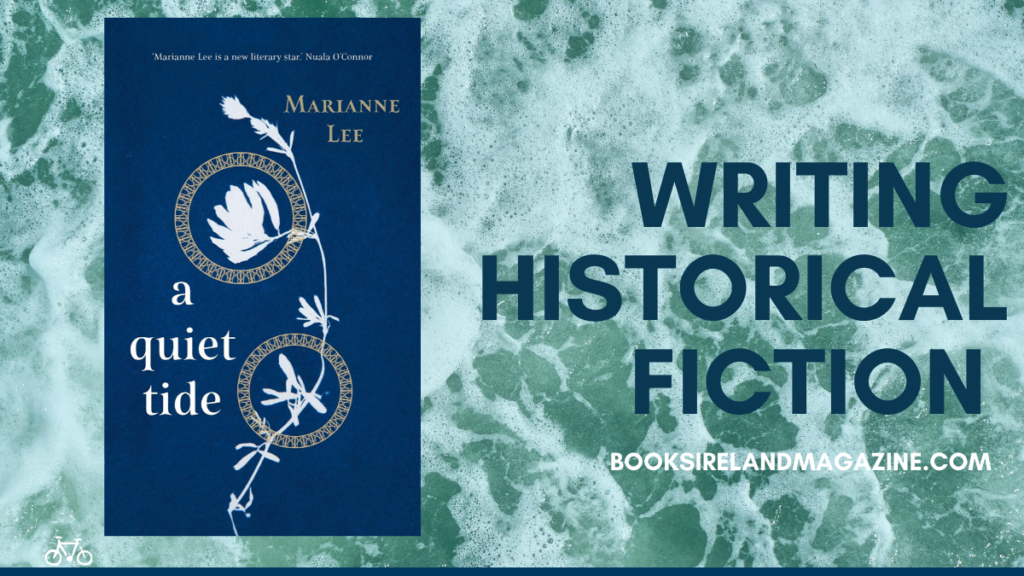
A Quiet Tide is my first novel; I’m still learning. Much of how I wrote this story based on the life of Ellen Hutchins, an early 19th century botanist, came from instinct and trial/error over two years of research and writing (and more than fifteen drafts).
These are my tips for anyone cloistered at home contemplating starting a novel set in the past, whether based on a real person, as Ellen was, or an entirely imagined character:
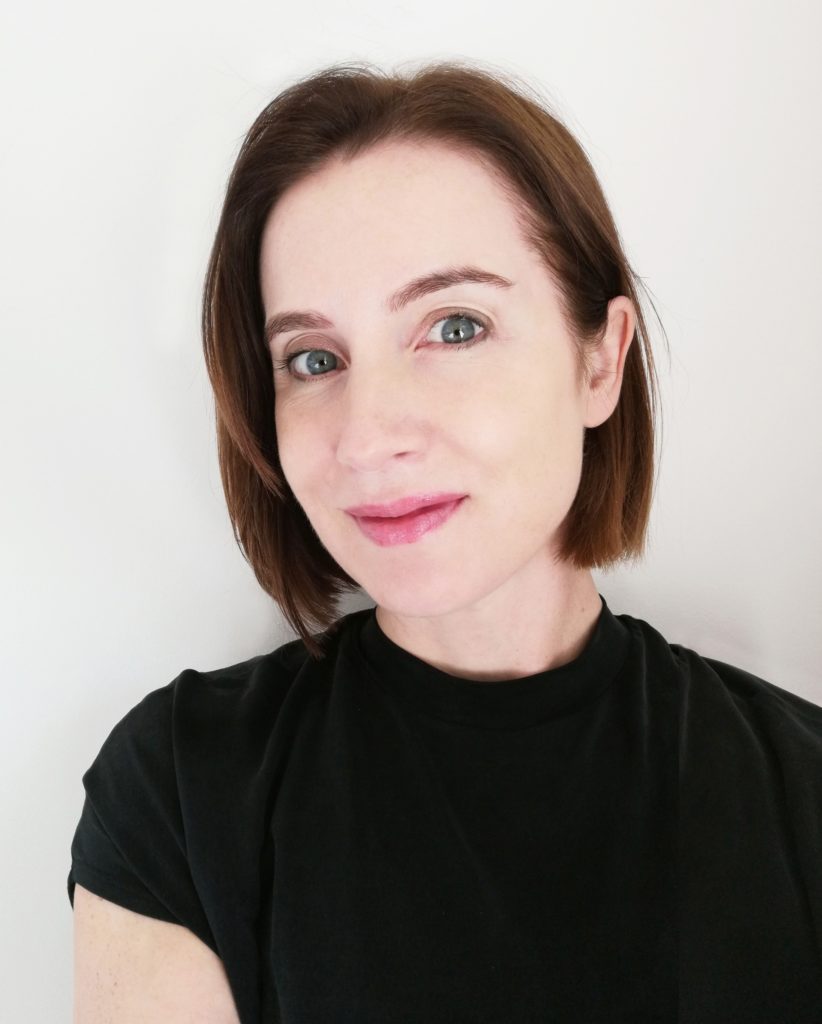
1 – Read widely on the historical context.
None of us exist in a vacuum; our attitudes and values are formed by what’s going on around us. Ellen Hutchins lived in an Ireland simmering with underlying tensions. Women of the period were expected to behave in defined ways, largely dictated by the men in their lives and a rigid, patriarchal society. Huge extremes existed, of poverty and privilege; education was the right of the fortunate few. All of this in part made Ellen the person she was, both in how she conformed and how she found ways to resist.
2 – Draw up a detailed timeline.
Our lives have markers along the way. Births, education, marriages, deaths, the people we’ve met and the choices we made at major junctures. Some of these may seem insignificant at the time; in retrospect they turn out to have had huge impact, shaping the course of our lives and forming our personalities. A timeline will map out both the life of your character, both the key moments of that life and the external events that may play into your story. Use it to plot an effective arc, shaping a compelling narrative. A Quiet Tide has a linear plotline to reflect the ‘seasonal’ theme of a botanist’s world – spring follows winter, summer follows spring; the cycle continues year after year. The novel I’m working on now has a more abstract arc, again reflecting specific themes of the subject, which has at its centre a woman making sense of her life as she approaches
3 – Now forget the research and write the first draft.
You’ve filled ring binders and desktop folders with your carefully annotated research. You’re itching to demonstrate your knowledge of early 19th century childbirth practices, clothes and architecture, the horrible diseases of the time and their cruel and ineffectual treatments. Park it all, for now. Write as freely and loosely as you can. Your characters are/were fully formed creatures, of blood and bone, not a vehicle for you to show off all the hard reading you’ve done. Most of what we experience everyday we take for granted. Something should only be described in detail if the character finds it remarkable or interesting. The second, third, fourteenth, fifteenth draft are for fine-tuning your research, making sure a steam-packet isn’t described as a form of travel when they weren’t invented until later in the century (I nearly did this). Then try and get as many small details as you can correct – letters feature heavily in A Quiet Tide, but envelopes didn’t exist at the time; letters were folded and refolded on themselves, sealed with wax and the address written on a quadrant. I aimed for as much fine detail as I could. This will give your novel a rich authenticity you can’t achieve otherwise. The past is both familiar and arcane; it’s your job to convey both.
4 – Use language to consciously set the tone and atmosphere of the world you’re creating.
Diaries and letters are the closest you’ll come to hearing authentic period voices, of the 19th century and previous, at least. Contemporary novels are also useful. Read enough of them and the tone will seep into your consciousness. If your characters live in a state of lawlessness and anarchy, it’s plausible to subvert this altogether, as in Oisín Fagan’s brilliant Nobber, though always, how people speak and how people act are intrinsically linked. The voice carries beyond the characters and into the general atmosphere of the novel. Silence, what should remain unsaid, the weight of repressed feeling – this pervades A Quiet Tide and guided me to what became the ‘emotional geography’ of the novel.
5 – Use contemporary art for cues.
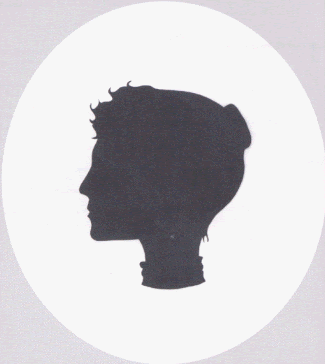
Paintings, etchings, prints, objects – photographs if possible – all these are fantastic sources of inspiration and are, again, useful for tapping into the right ‘tone’. They provide a magical time-portal into the aesthetics of a generation, its values and artistic philosophies, as well as providing authentic details for clothing, furniture, architecture etc. Be creative but keep any references realistic – a woman living in isolated West Cork, even from the landlord class, wouldn’t have dressed like a rich English gentlewoman from a Thomas Lawrence portrait. There are few portraits of Irishwomen of the period so I used plausible imagining to construct how Ellen might have dressed, particularly to protect herself from the elements when plant-hunting. If your character is based on a real person, try and access material – where possible – that they owned. I was fortunate to be able to visit the Library of Kew Gardens, London and hold some of the letters (through protective film!) between Ellen and botanist Dawson Turner; I could feel the lightness of the paper, see close up its folds, inkblots and doodles, the postage marks of Bantry and Yarmouth. This brought the past closer in a magical, indefinable way and somehow permeated the writing.
My top 5 books of historical fiction (subject to change on any given day)
Ingenious Pain by Andrew Miller: A beautiful novel about an 18th century surgeon who can’t feel pain. Brilliant, cold, precise as a scalpel blade.
The Blue Flower by Penelope Fitzgerald: All Penelope Fitzgerald’s historical novels are flawless. This story, set in 18th century Germany, is based on the poet Novalis’s doomed love for a young girl. Funny and tragic with an almost eerily authentic channeling of voice and atmosphere.
The Giant, O’Brien by Hilary Mantel: Wolf Hall is the greatest work of historical fiction of the century (and probably beyond). This earlier work shows all the same qualities of poetry and brutal authenticity, pushing the ‘otherness’ of the past to an even greater extreme.
True History of the Kelly Gang by Peter Carey: A master class in the use of voice. Deranged, heartbreaking, violent, as if Carey is speaking in tongues. He must have been hell to live with when writing this.
Restoration by Rose Tremain: Rose Tremain can write in any genre, brilliantly, and this story of the rise and fall of Merivel, Charles II’s doctor and ‘master of the King’s dogs’ is a great example of where the tone follows the aesthetics of the period – in this case, a ribald romp through the fripperies of the King’s court, to a Quaker hospital for the mentally ill, and back again.

Marianne Lee grew up in Tullamore, Co. Offaly and now lives in Dublin with her husband. She has a degree in Visual Communications from the National College of Art and Design and an MPhil in Creative Writing from Trinity College Dublin. Marianne works as a designer and copywriter and has published a selection of poetry as well as self-recorded an album of music. She sings Bach and paints landscapes. A Quiet Tide is her first novel. @ThisMarianneLee | mariannelee.ie
A Quiet Tide will be published by New Island Books in Spring 2020.
Pre-order your copy here or read a sample chapter.








